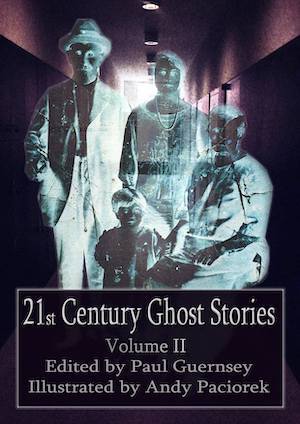Tradition Has It That Mischievous Ghosts And Fairies Are Out And About On The Shortest Night Of The Year
To this day, in some parts of northern Europe Midsummer still is observed with bonfires and revelry. The custom goes back at least as far as the time of the ancient Druids, who on each solstice entreated the spirit world for help in keeping livestock healthy and producing an abundant summer crop. Sacred rituals—which sometimes included the sacrifice of live animals and even people—were held at numerous religious sites, including England’s Stonehenge.
In later centuries, christianized Europeans continued the celebrations, often on St. John’s Day, which usually falls a couple of days after the year’s longest day. And while the cooperation of pagan spirits no longer was enlisted, the spirits themselves continued to haunt people’s minds. Midsummer was thought to be one of a handful of days each year when the boundaries between the natural and supernatural realms faded, allowing ghosts, fairies, trolls, and even dragons to cross over into the living world, often to do mischief or harm. It was no accident that Shakespeare decided to set his most magical play on a Midsummer night.
Until as late as the 1800s, in the rural parts of some countries it was customary for people to light torches in the flames of a Midsummer’s Eve bonfire, and then to carry those torches throughout fields and villages in order to drive off malevolent spirits.
Here at TGS, rather than lighting a literal bonfire on the eve of the year’s longest day, we’ve decided to celebrate the ancient, eerie enchantment of Midsummer by publishing the winner and two honorable mentions in our new Ghost Story Supernatural Fiction Award competition. Check back with us on June 21, you’ll find three fine supernatural short stories to set fire to your imagination. . . .


